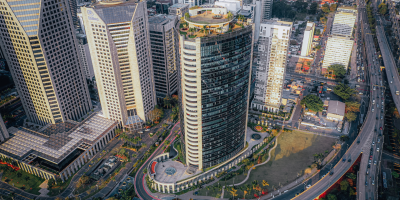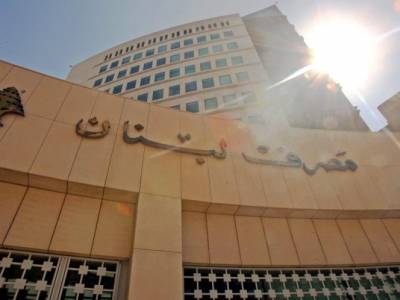-
Бразилия
Brazil — Reforms in Insolvency and Turnaround
4 декабря 2022
- Банковское дело
- Банкротство
Summary
The reform of the Brazilian Bankruptcy Act brings forward important changes in both reorganization procedures and liquidation measures.
When the Brazilian Bankruptcy Act was about to reach its 15th Anniversary, a major amendment was enacted. It was needed, in fact. Over the past 15 years, creations of the Bankruptcy Act have been tested, and practical experiences showed that some tools needed adjustments, and others demanded complete change.
The goal of this article is to list the top five most relevant novelties.
#5 — Reorganization plan presented by creditors
Before: the amendment, the construction of the reorganization plan was exclusively the responsibility of the debtor. If the majority of the creditors’ meeting decided to reject the plan, the automatic consequence would be the conversion into bankruptcy (liquidation).
Now: in cases like this, the creditors have the right to present an alternative judicial recovery plan. As a result, creditors assume a more relevant role in corporate restructuring.
#4 — Mediation focusing on the turnaround
Mediation is now encouraged in ongoing judicial reorganization processes so that creditors and debtors may find a way out to overcome the crisis.
The most important novelty is the anticipated mediation, which goal is to avoid reorganization and liquidation. In this procedure, the debtor convenes creditors for a mediated negotiation, and they may seek the judge for an order to stay enforcement measures.
#3 — Distressed assets operations
The disposal of debtor’s assets is now simplified in both judicial reorganization and bankruptcy. Particularly in bankruptcy – in which case maximizing the use of assets is essential – the law authorizes the anticipated sale, adjudication by creditors, and even the donation of assets that creditors are not interested in acquiring.
Besides that, the distressed assets acquisitions and M&A deals are now safer, with a clearer legal provision of a liability shield in favour of the purchaser.
#2 — Debtor-in-Possession (DIP) Financing
The lack of incentive to finance the debtor undergoing judicial reorganization has always been a reason for criticism by stakeholders. In the absence of legal provisions, potential financiers could be insecure about the risks of the operation and the lack of clear advantages to offset the risk.
The complaints were addressed with the legal treatment of the debtor’s financing during judicial reorganization. This type of financing is known as Debtor-in-Possession (DIP) Financing.
The debtor is allowed, through judicial authorization, to conclude financing contracts to pay for the maintenance of his activities and assets, as well as to be liable for restructuring expenses.
As a guarantee for the financing, the debtor may offer his own assets and rights or those of third parties, even if they belong to non-current assets, that is, assets not originally intended for sale, but which serve the business structure (machinery, for example).
#1 — Cross-Border Insolvency
Brazilian law finally incorporated the Uncitral Model Law on Cross-Border Insolvency. An integrated world full of global companies imposes the need to provide for specific rules on cross-border insolvency, which were hitherto non-existent, in order to eliminate the insecurity about the reach of foreign procedures for Brazilian creditors and about the effect of Brazilian procedures for foreign creditors.
We now have a new panorama, with the possibility of procedures abroad having effects in Brazil and also of Brazilian procedures reaching foreigners.
There is a detailed treatment of the participation of foreigners in Brazil and the international cooperation between judges and other authorities to put the fundamental principles that govern the entire insolvency system in motion, namely, the improvement of legal certainty, efficient management of the processes, maximization of assets, preservation of the company, and optimization of asset liquidation.
These are the five main new features, in a nutshell. If you are interested in learning more about any of these topics or if you want to stay updated on insolvency — turnaround in Brazil, please get in touch.

















